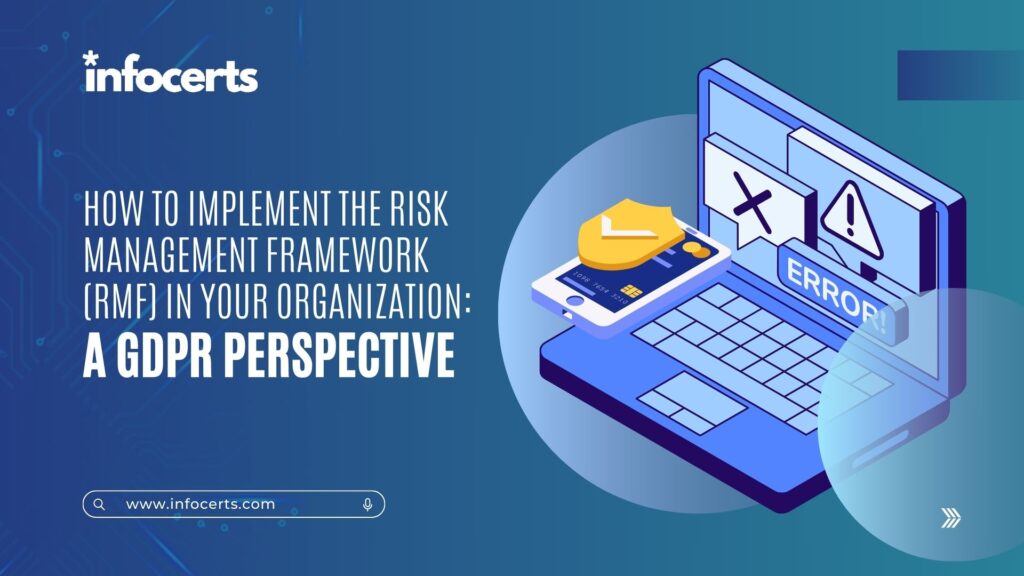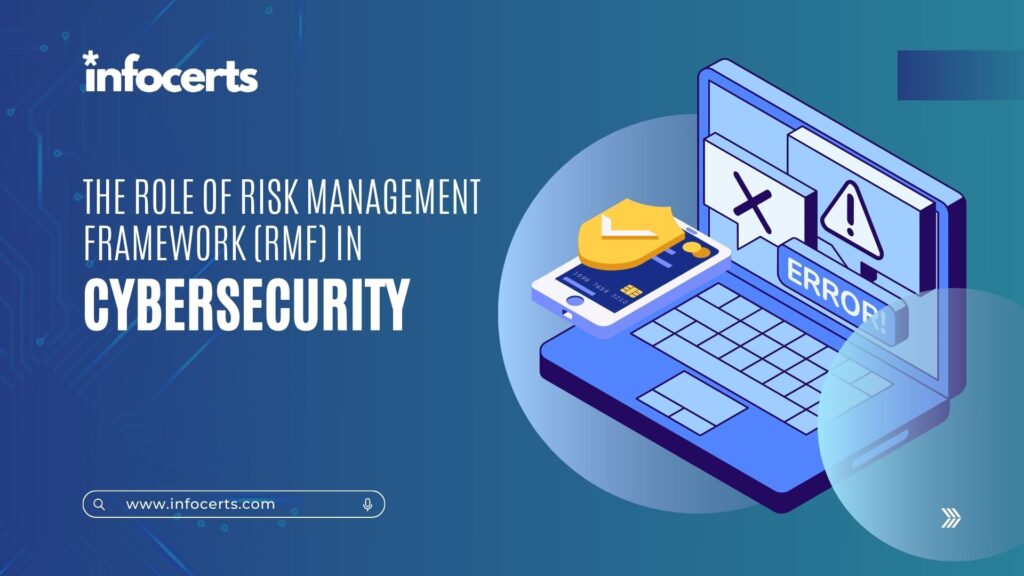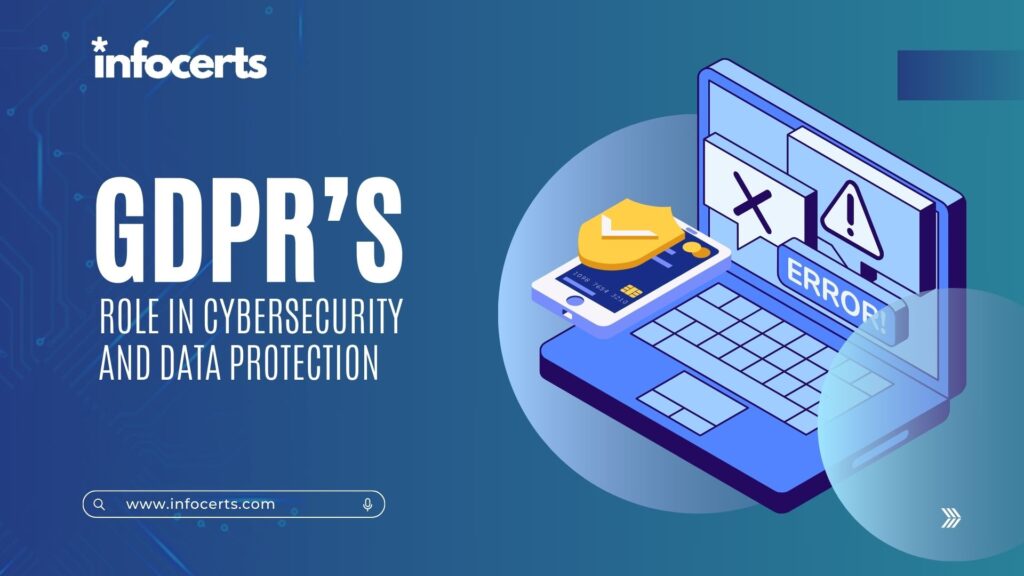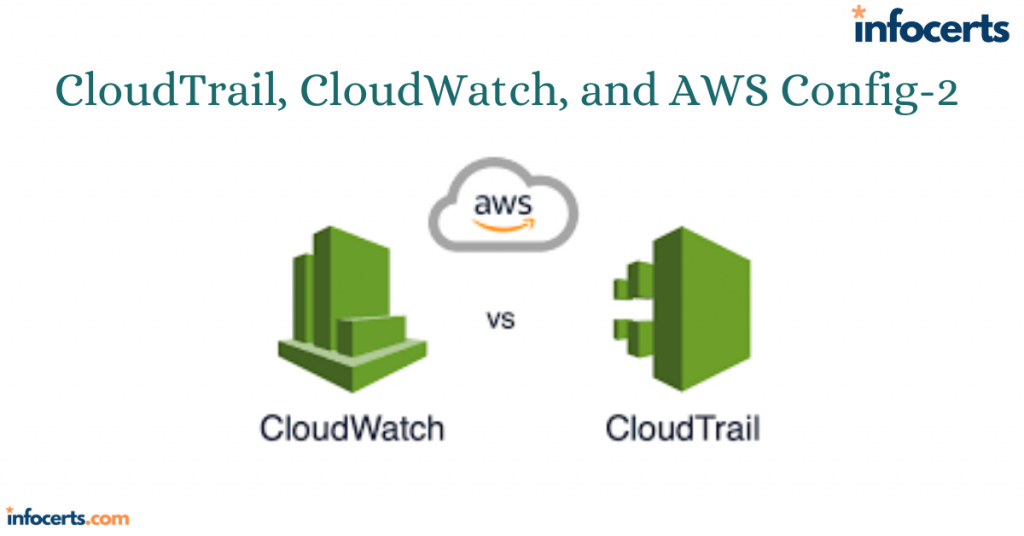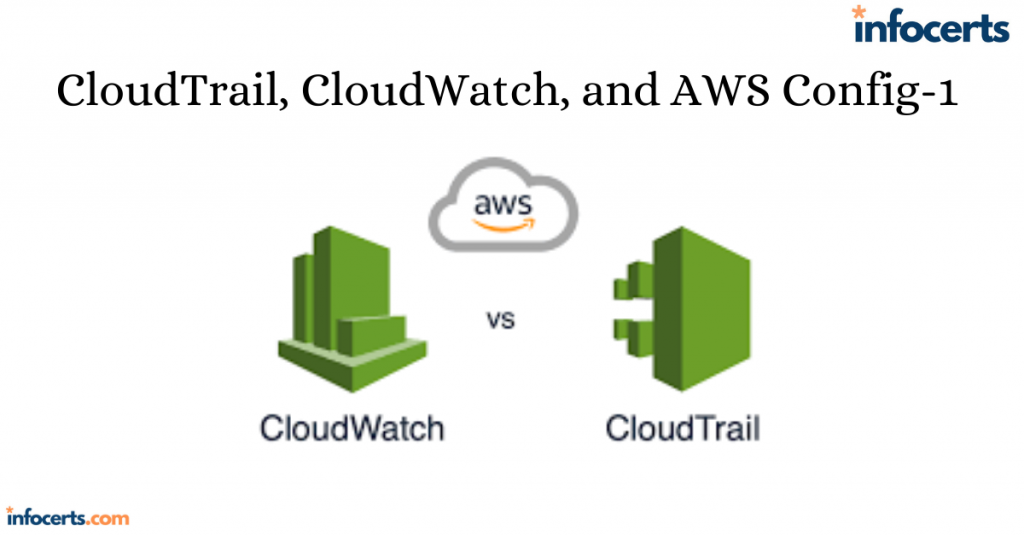Enhancing Data Protection in Hyderabad’s Pharmaceutical Industry with ISO 27001
In Hyderabad’s rapidly growing pharmaceutical industry, protecting sensitive data is of paramount importance. ISO 27001 La Hyderabad, an internationally recognized standard for Information Security Management Systems (ISMS), plays a crucial role in ensuring robust data security protocols. This blog post delves into the regulatory requirements, success stories of Hyderabad-based companies implementing ISO 27001, and how …
Enhancing Data Protection in Hyderabad’s Pharmaceutical Industry with ISO 27001 Read More »





